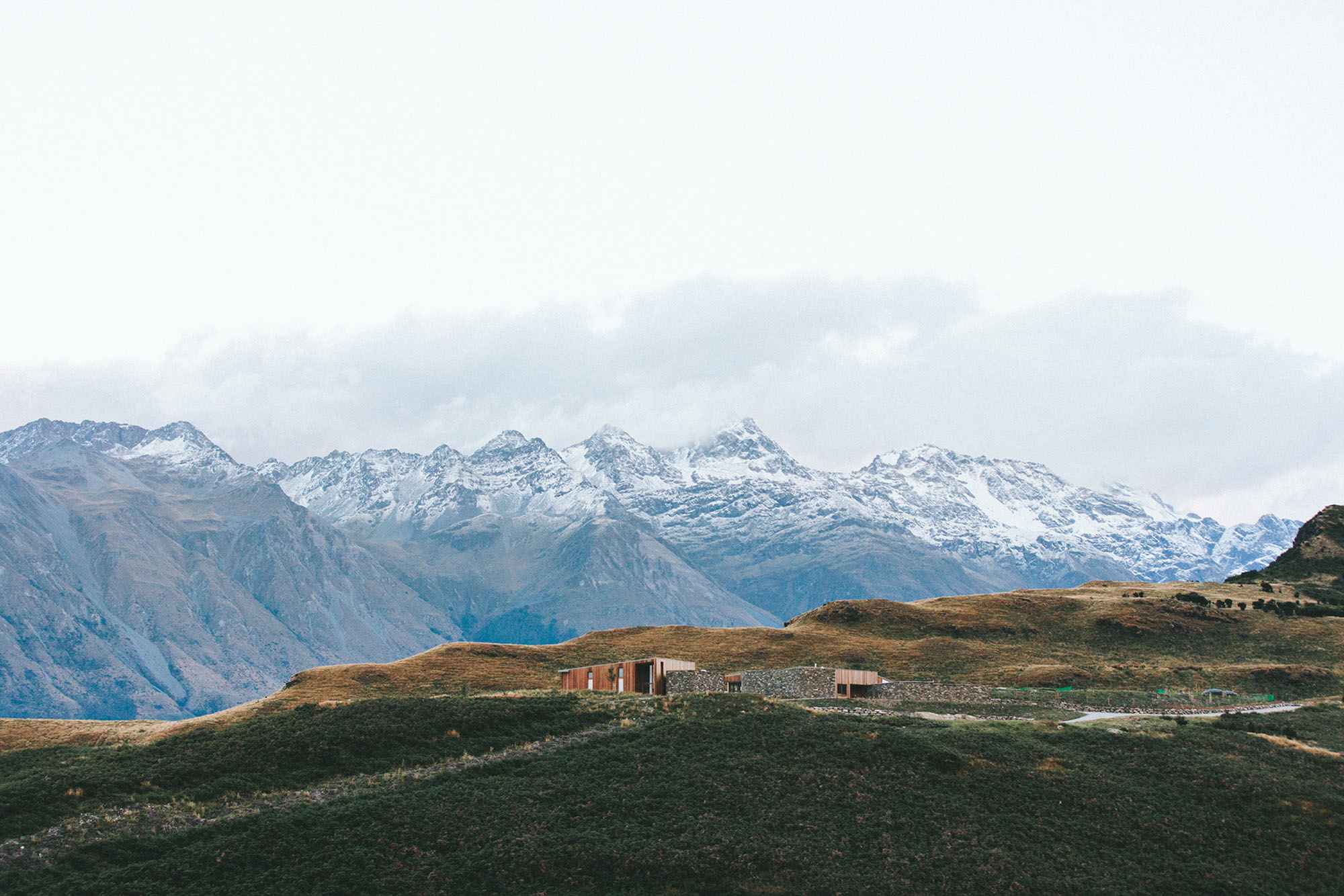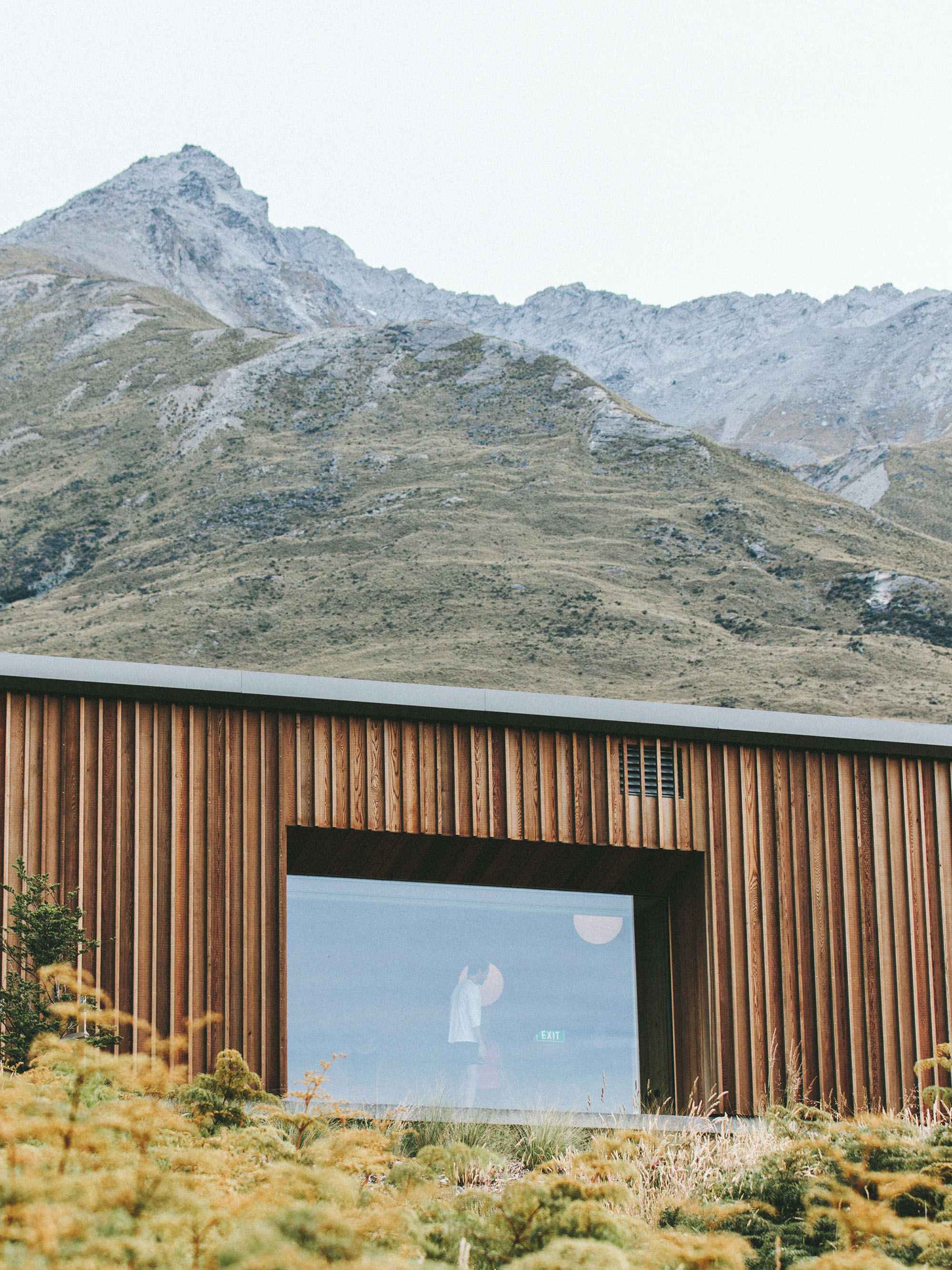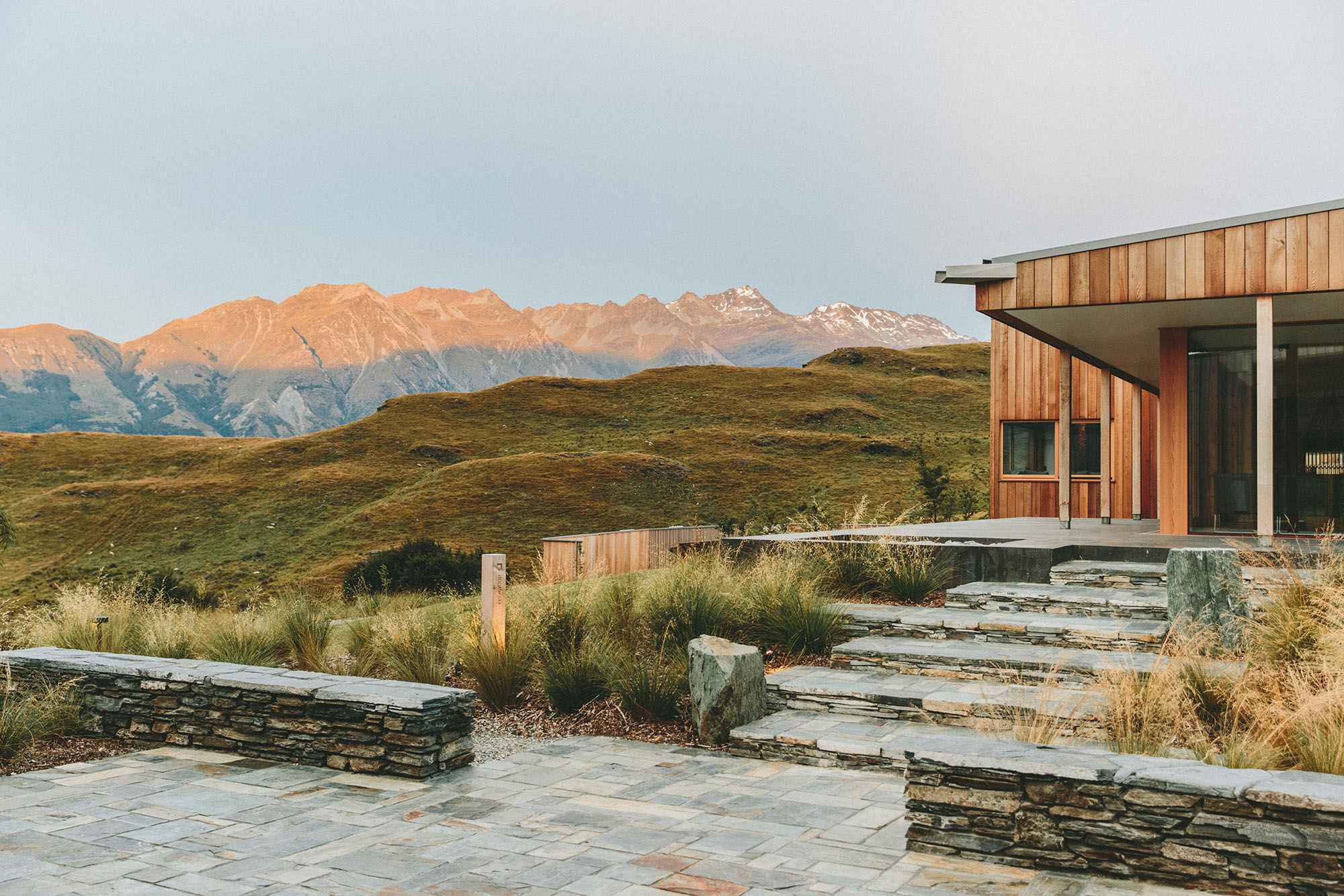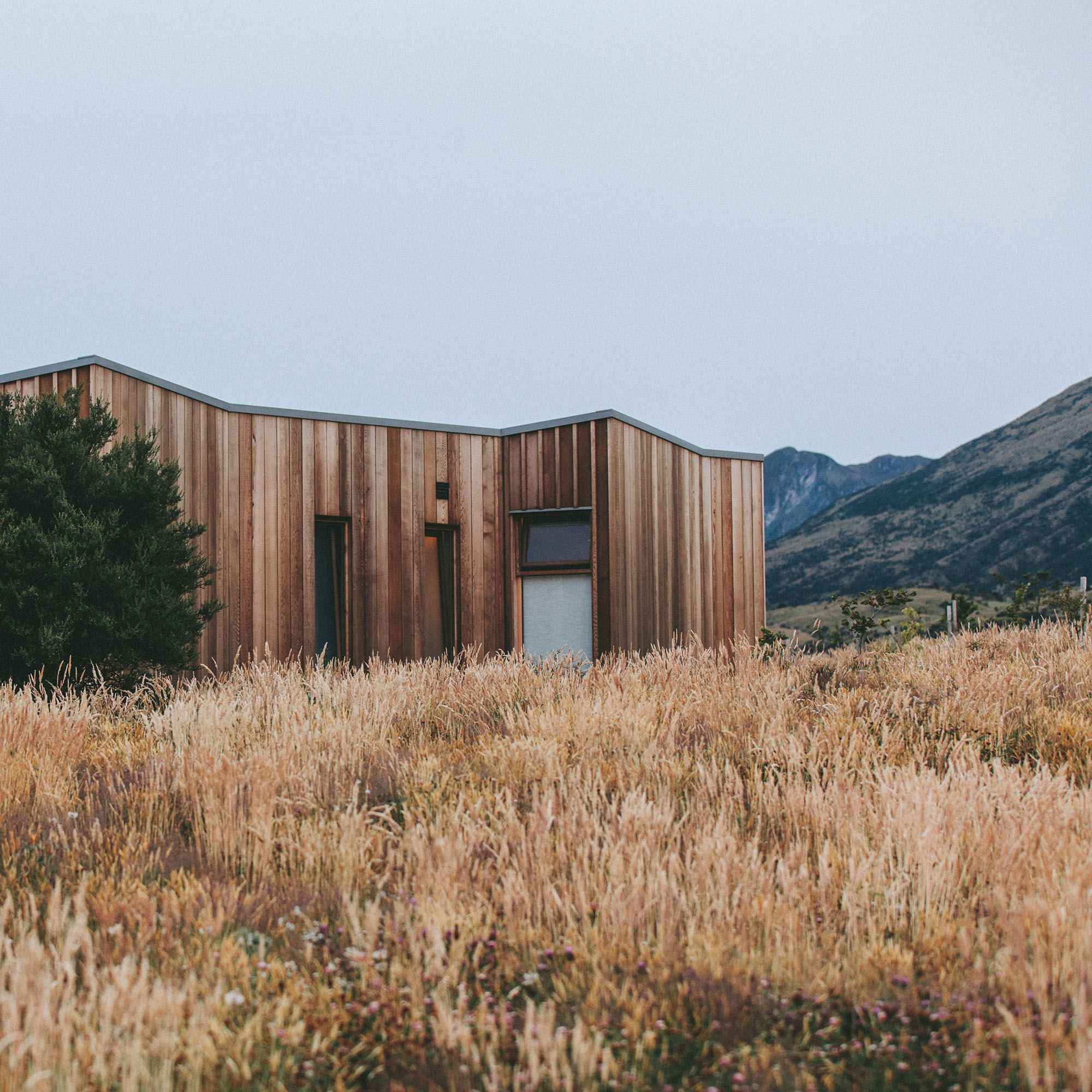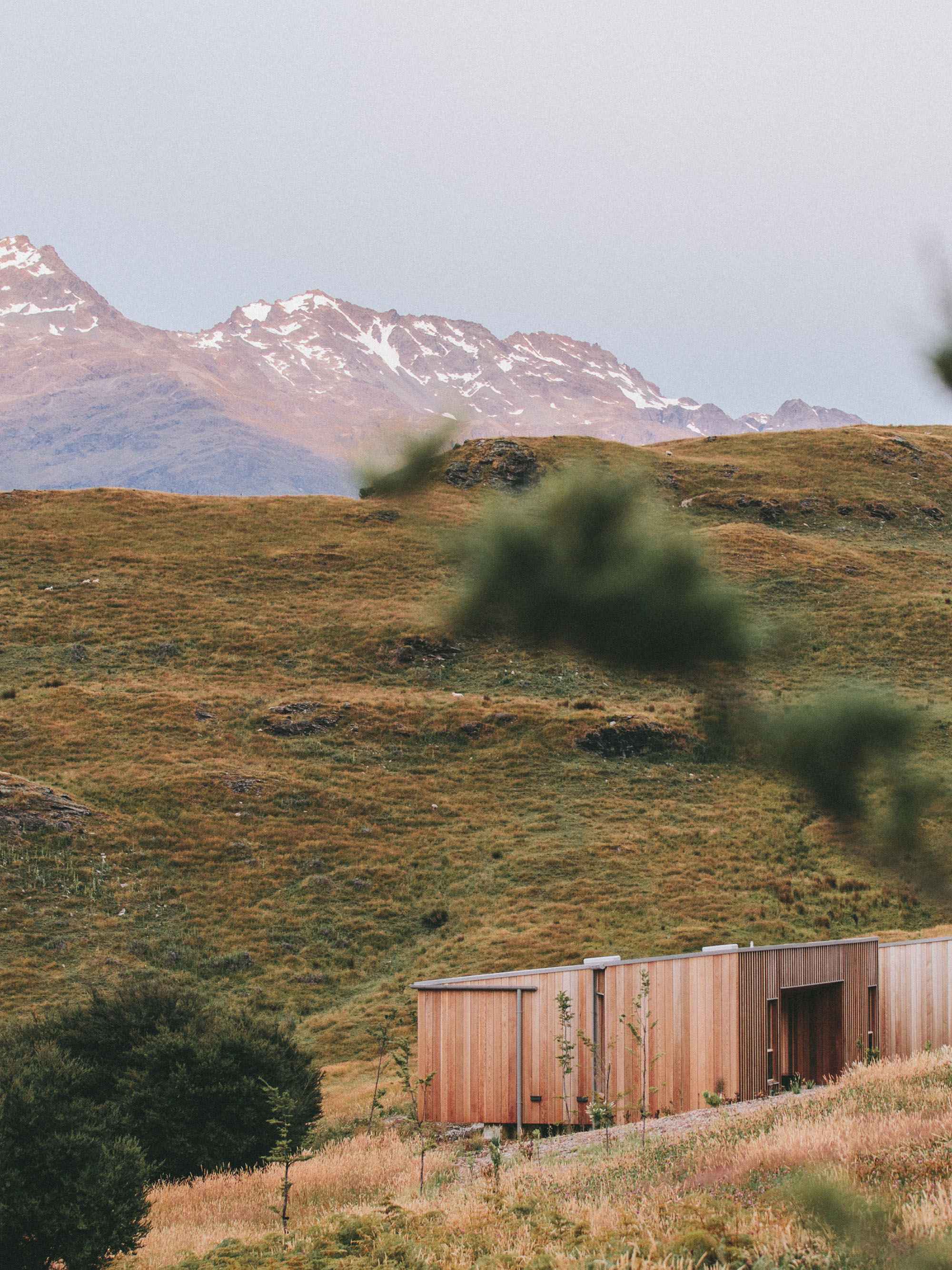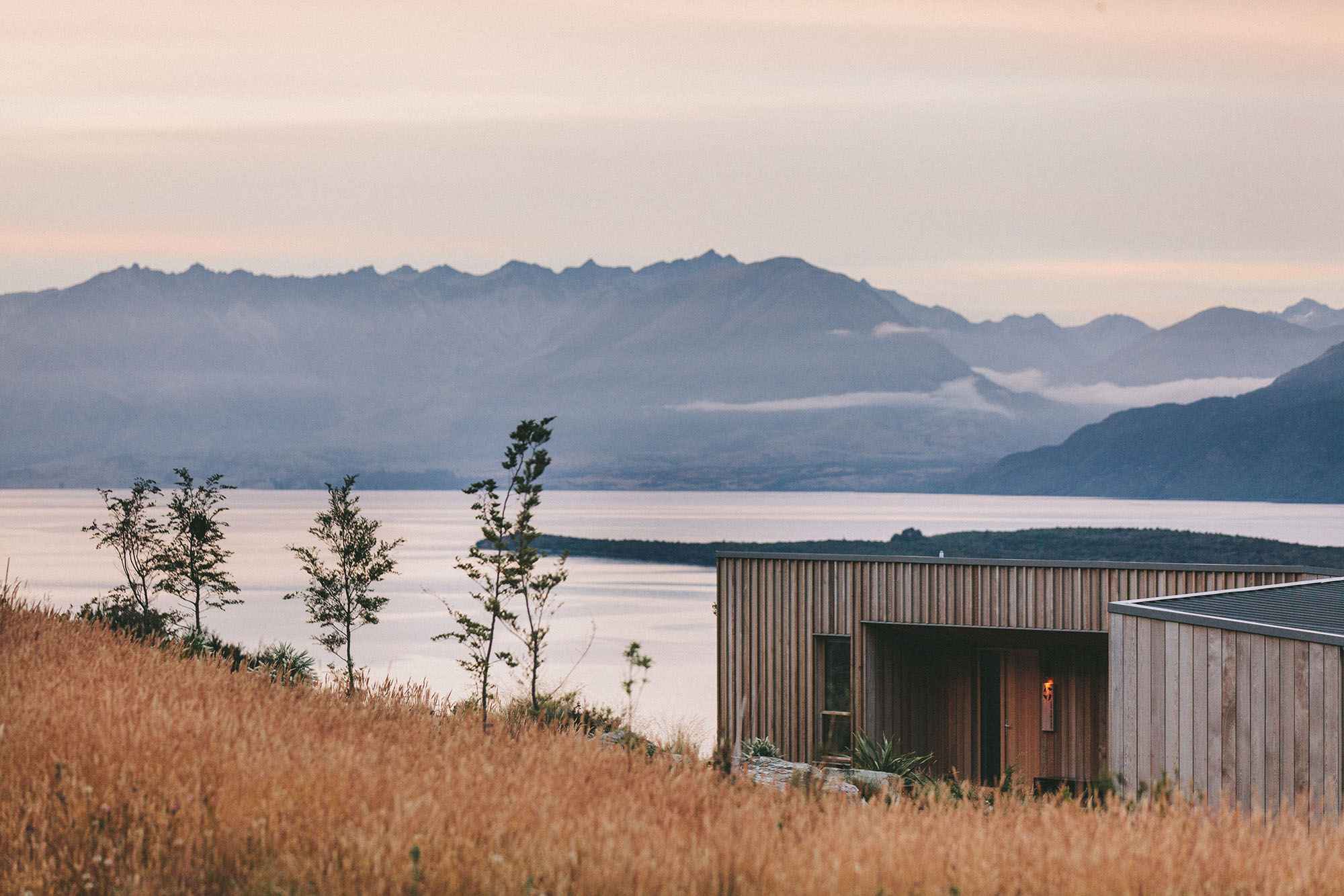Vicissitude
Two differeMulti-Path - Stealth Level
Project Details
Role: Level Designer
Game: Dying Light
Engine: Chrome Engine
Team Size: Solo Time
Description
This is a single player for Dying Light called “Vicissitude”. The player plays as Kyle Krane. Krane is dropped off behind enemy lines late at night on a thunderous and rainy day. Deep in the edge rocky terrain where Rai’s men have taken over abandoned construction sites right off a beach. They have set up three communications towers across the area and have been using the beach as an important supply route to distribute weapons, ammunition and Antizin to their gang across Haran. Jade Aldemir from The Towers has recruited you to drop you off behind enemy lines to give them a most undeserving welcome to the area. You are to turn off all com towers and disrupt their supply routes. Throughout the level the player is encouraged to use stealth tactics to overcome or evade a large gang of rai’s men so not to raise alarm. This mission has the potential to break the back of rai’s military structure.
Gameplay Goal
My main goal was to get the player to engage in more stealth opportunities. I achieved this by having a mix of powerful ranged weapons, cryo mines, and grenades, as well as having terminals placed around key gameplay areas that can be used to retarget them to the super mutants.
level design goals
Multiple Paths
….
Encourage Stealth Abilities
….
Environmental Hazards
….
Multiple Paths
I wanted to create a level where there were a lot of stealth opportunities. For example, I use terminals connected to turrets where players can hack them to turn against the super mutants. This was effective in playtesting and gave more opportunities for the player to read notes about the story of the level.
I also added powerful ranged weapons like the missile launcher, which the player can use to target multiple enemies simultaneously. Both gameplay opportunities helped the player to engage in more stealth / ranged stealth combat playstyles.
Encourage Stealth Abilites
After discovering Dr. Willey has been turning his staff and the citizens of Eden farms into super mutants, you must make an important decision. Do you kill the man who can create a serum that can repopulate the Commonwealth with a healthy food source, or let him go on and continue his inhumane practices?
Both decisions have an impact. Throughout the level, the player meets characters talking about the miracle of Eden and evidence of its effectiveness. This makes the decision hard for the player in the end. If the player decides to kill him, the future of the Commonwealth is lost, and everything the player saw up until the end will die. On the other hand, if they chose to let him go, the player leaves the lab and discovers the town has been occupied by the super mutants that Dr. Willey has created and that the characters the player has met along the way have been captured.
Hazard Environments
After discovering Dr. Willey has been turning his staff and the citizens of Eden farms into super mutants, you must make an important decision. Do you kill the man who can create a serum that can repopulate the Commonwealth with a healthy food source, or let him go on and continue his inhumane practices?
PostMortem
WHAT WENT WELL
Stealth Pivots (Improving Stealth Gameplay Incrementally)
Throughout development, I had to pivot many times to encourage the type of gameplay I wanted. Working with my stakeholder, we created a level that constantly pivoted closer to good stealth gameplay. For instance, my stakeholder suggested that I remove all ranged weapons to get the player to engage with the enemies more directly or sneak past patrolling enemies. At first, this scared me, but she encouraged me to do internal playtests independently to see what felt consistent and suitable for a stealth level. After taking her advice, the gameplay was significantly better. This pivot suggested by my stakeholder made all the difference in the world. They were simple and easy to implement. She also suggested many other things, like removing the NPC and having them call in from a radio. Working closely with my stakeholder, I saw how making small pivots can make a big difference. Going forward, I want to continue pivoting early in small ways rather than scraping the original idea of the level.
Gating and Conveyance
One of my goals for the level was to allow the player to see all three com towers at the beginning of the level. Then after jumping down into the first water pond, they were gated into an area where only one com tower was in focus. I did this by gating the enemy with big dives into water ponds. This allowed for more control of each gameplay space and consistent pacing. This method needed some help at the beginning. For instance, the elevation changes had been too dramatic, and the player had to pull their head way down to see the pond below. However, this was easy to remedy through playtesting and updating the terrain. Next time I make a level with elevation changes which is bound to happen in the industry, I can take all the knowledge I acquired from this level and quickly make a level with lots of elevation changes and landmarks that make for smother sightlines, landmarks, and signposts before production.
Scope Was Focused – Allowed for Pivots
I knew I wanted to do a level emphasizing stealth gameplay from the beginning. At the beginning of pre-production for “Vicissitude” I had all the right pieces for the level conceptually, and they were easy to implement early on. It quickly improved and became a better stealth experience since I took stakeholder feedback by choosing just one enemy type (melee enemies) and getting rid of all ranged weapons.
However, being in scope regarding gameplay space size, the number of enemies, and quest goals gave me time to focus on improving gameplay throughout production. I could address the issues my playtests, and stakeholders brought up and quickly work toward a solution. Reducing the complexity of the gameplay size during pre-production was worth it. Making the design simple does not mean I am an inadequate level designer. Quite the opposite because if you can do a lot with a little, the players will understand the gameplay faster, and leads will want to build off something I created.
WHAT WENT WRONG
Making the AI Seem Real – Time Sinks
Working on making the AI seem intelligent was a huge time-sink. Though, in the end, it did work it took; it just took a lot of time and effort to make them seem natural and engaging. Giving them patrol paths helped the most to make them seem natural and engaging. The problem with this was that there was no documentation on effectively creating a simple patrol path. There was no YouTube video on this subject from the developer or mod community. Even the discord channel and dying light wiki moderators had no idea how to accomplish this. Eventually, we found a way to make it using the Chrome engine quest system, but it would respawn the enemy and delete the old one. Having enemies disappear and appear was not an option. I figured out with a peer how to make patrol paths without using the quest system. Having effective patrol paths made a massive improvement in the level.
After discovering how to make patrol paths, I needed to learn how the enemies would see the player and how they react in different states. There is no documentation on this at all. The moderators would be helpful and told me how they influenced enemy AI. However, most of the time, it did not work, and I would be sent through a rabbit hole of different possibilities only to end back where I started. I also found a straightforward way: to use invisible colliders (invisible walls) to prevent enemies from seeing the player. This would not work on a level with ranged weapons. For example, if the player had a ranged weapon and they wanted to use it and shoot enemies through windows, it would hit that invisible collider. Gratefully the decision was already made beforehand to remove ranged weapons, and adding a simple collider over rebared windows created a one-way window where the player could see enemies but not engage with them. Next time when working with AI I will understand the limits early on by creating action blocks. This will allow me to understand how the enemy AI behaves in specific combat scenarios early on and give me chances to pivot towards gameplay that would be desired in a stealth level.
Patrol Path Conveyance
After patrol paths were added, I did my best to tell the players where their starting and ending points were. Unfortunately, this proved difficult and would require much more playtesting to ensure that most players understood when they had their "chance" to sneak past an enemy or take them down from behind. From the beginning, I always knew I wanted to have patrol paths in my level. However, I never asked myself how I would tell the player where their patrol paths start and end. If done well, this is a big step to improve gameplay and give players options to move around in the gameplay space where they feel more informed.
I used couches and warm fires to convey to the player each patrol path's start and end points. This was added late in the level, right before the last milestone. It seems to have worked well; however, it needed way more playtesting to ensure that players knew where each enemy's patrol path started and ended and how long they would stand there. It is a great beginning; however, looking at other game examples early on, on how they conveyed patrol paths would have significantly informed my design. Going forward, I will research how to convey enemy AI behavior through conveyance in the gameplay space.
Dealing with the Terrain Height / Angles
One of my biggest problems early on was dealing with the terrain. Chrome engine has a good terrain tool. I wanted to use it for my level because I wanted to have a critical path that was more organic, like a winding road or hill. However, my elevation changes in the level stretched the texture and warped it so much that it distracted players. Replacing it with meshes worked, but it was very time-consuming, and it could easily lead to the level being soft-locked if the player were to find a hole or entryway to exit the level's gameplay space. I eventually had to use a combination of all three, the terrain to ensure the meshes were added at the right height, the meshes to cover up the terrain, and the bushes to blend and hide any holes left over from the meshes.
Going forward, when doing my aesthetics research, I can find the right type of meshes and art style early on and prevent this from happening again. Research into what kind of meshes your game has and what type of environments have already been built can save so much time later in the development process. This is the same as working with artists.
WHAT I LEARNED
Always Turn Mutli in Two
My biggest lesson was that whenever you have an element in your level where you choose to have three or more element types, make it two. For example, the multipath level has multiple paths; however, choosing just two types of entry points allowed the level to be more focused. Initially, I had the player enter the interior spaces directly through open doorways and doors, ventilation shafts, and from underneath the ground. Focusing on just ventilation shafts and doorways made the gameplay experience more polished and gave the player two options to weigh one against the other in their head. Giving them more than two ways was too overwhelming. Going forward I will look at my design concepts holistically and ask myself and my peers how I can get a similar gameplay experience with fewer elements. Leaning into fewer element types but more experimentation early will speed up getting more polished gameplay early on.
Element Type Examples
Enemies (Melee or Ranged Enemies)
Entry Points (Through Ventilation Shafts or Doorways)
Abilities to Teach (Silent Death and Survivor Sense are examples)
Gameplay (Sneak Past enemies or kill them)
Make Strike Teams with Peers
As a designer, I must see my peers as potential strike team members. For example, Balpreet (a peer) and I learned how to make patrol paths without any code in the Chrome engine. I asked for help and rubber-ducking different scenarios I have tried. We went back and forth, and then Balpreet found out how. Balpreet and I then learned more about patrol paths and updated our Slack channel quickly so our peers could use it in their levels. Going forward, I will seek out peers that are talented with code and that have similar goals in their levels so that we can work together early in the development and design process to understand the limitations of the level editor we are all using but also how we can use what we must improve gameplay.
Taking Things Away from the Player Can Improve Gameplay
I was astounded how taking things away from the player helped improve the stealth gameplay experience. The scope is essential, and I did a good job. However, I learned I must always ask myself, is this necessary? All levels do not have to have both ranged and melee enemies. The same goes for weapons. What matters is teaching the player about what they can and cannot do and then challenging them in a way that is rewarding and memorable for them.
Taking away all the ranged weapons did not reduce gameplay opportunities but increased them. When I removed the ranged weapons, I added the one-way direction windows that allowed the player to survey the interior spaces without going inside. Simple but effective, and I would have never explored this as a possibility if I had ranged weapons.







